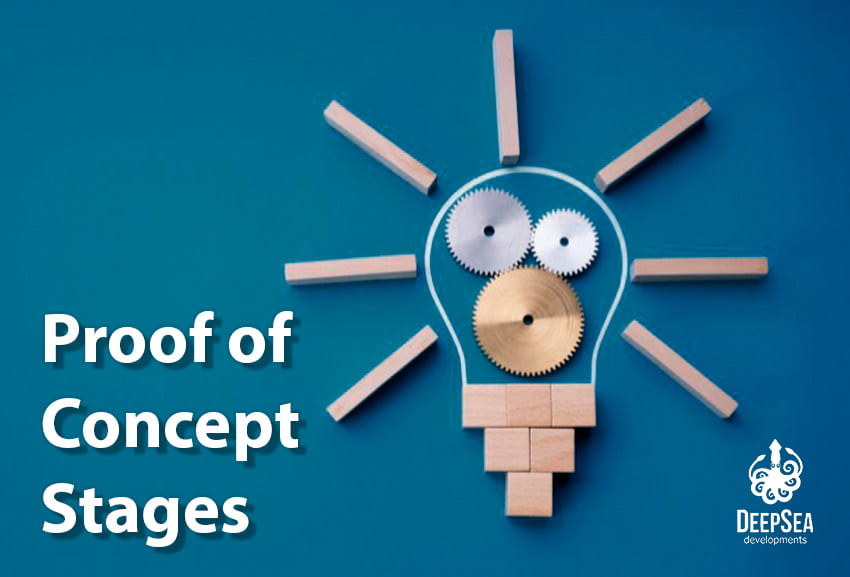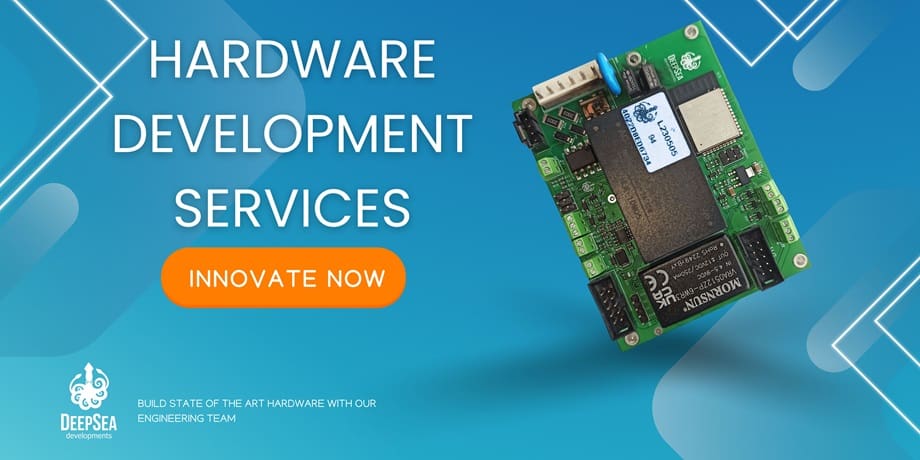Embarking on IoT product development demands precision and strategy. In this article, we explain the proof of concept stages. Join us as we explore a blueprint for turning concepts into compelling realities.
The proof of concept (PoC) process can be divided into 5 phases. Let’s start with the core of the project.
1. Identify the needs of your potential customers
In the realm of developing a Proof of Concept, the initial and crucial step is understanding your audience’s pain points (see PoC requirements). This involves delving into thorough research through diverse channels such as engaging in conversations with potential users, conducting surveys, and performing comprehensive market research. By doing so, you gain valuable insights into what solutions your customer base is actively seeking; see makers culture.
Conversations and surveys
Successful products rely on real data or insights, and this comes from engaging in meaningful conversations with your target audience to uncover nuances and intricacies that may not be apparent through conventional research methods.
On the other hand, deploying surveys allows for a quantitative analysis of prevalent pain points, aiding in the creation of a robust list of factors to analyze.
Market research
Supplement your qualitative data with market research to validate and augment your findings. This step involves checking industry trends, examples of prototypes, studying competitor solutions, and identifying gaps in the current market offerings.
2. Evaluating potential solutions
Once armed with a comprehensive list of pain points, the next stage involves evaluating potential solutions. This step is similar to crafting a roadmap where each potential solution is meticulously mapped out, considering factors such as feasibility, cost implications, timelines, and other pertinent aspects.
Take each pain point you got and choose the best that adapts to a potential solution you can build. You can also talk to some people that may buy your product and validate the solutions you have chosen.
3. Crafting the Proof of Concept
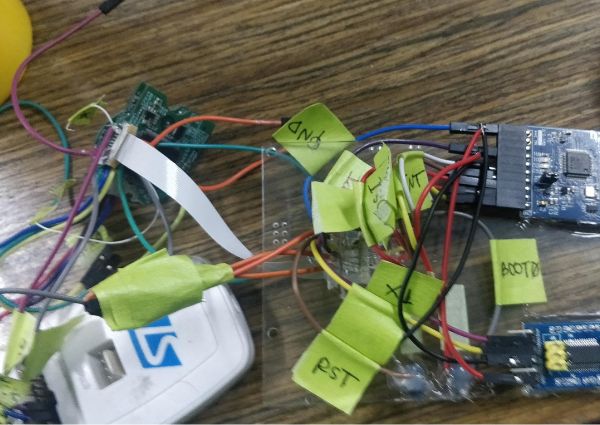
This is where usually people come to a hardware development company to start with the creation of a tangible version or prototype. This phase involves translating ideas into a tangible form that addresses identified pain points and provides effective solutions. Proof of concept examples can be a great guide for knowing how the idea can be crafted.
The most important part here is to carry out a feasibility study to confirm how viable the idea is in the technical aspects. The iterative prototyping process ensures that the evolving concept is aligned with user expectations.
In this step of the proof of concept stage, it is necessary to address which feature from the concept is going to be tested, that is, identifying the most crucial features for the functionality of the device, or which one is more important for the interaction with the user.
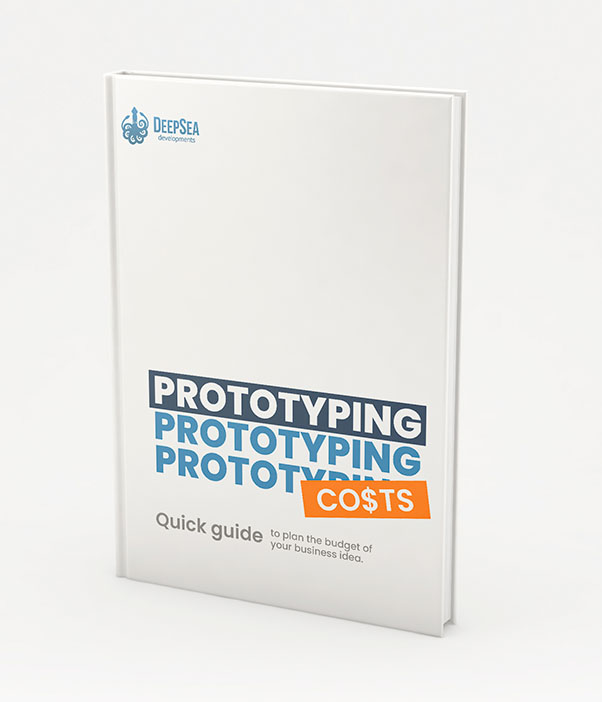
Get our quick guide for planning the budget of your prototype
4. Improvement based on feedback
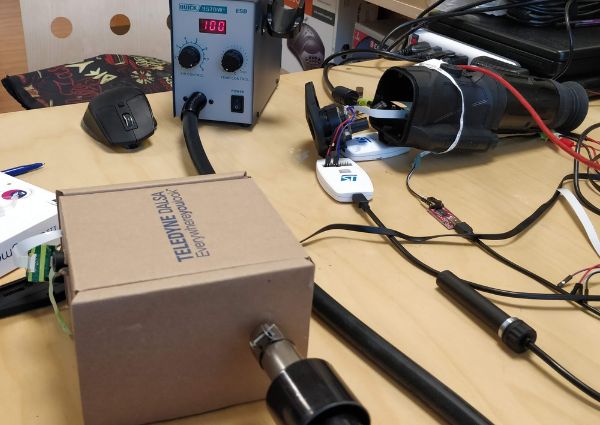
This proof of concept phase is a crucial feedback loop, guiding the refinement process (See MVP vs PoC). Depending on the concept that is being tested, the feedback will be useful for knowing whether the idea is viable or not.
For instance, if the company is trying to confirm specific data a tracker can get from a car, they can analyze whether the data was possible to get or not, its speed, and the reliability of the information.
According to this, the company can decide if the proof of concept is viable or not, and make the necessary adjustments. In another scenario, a proof of concept of a lighting system that syncs with music should have user feedback, to see if they like it or not.
Embrace a mindset of continuous improvement, acknowledging that refinement is an ongoing process. This approach ensures that your proof of concept evolves dynamically, adapting to the changing needs and expectations of your audience.
5. Finishing the Proof of Concept
This is the last phase of the PoC. Armed with refined insights, the next step involves creating a finalized proof-of-concept proposal. This comprehensive document encapsulates the functionalities, features, and benefits of the product. It goes beyond the conceptual realm, incorporating essential details such as timeline, cost projections, success criteria, and resource requirements.
Also, the completed proof of concept (it doesn’t need to look pretty) is presented to stakeholders. This pivotal stage involves securing approval for further development (what is hardware design). Stakeholders evaluate the proposal holistically, considering the alignment with organizational goals, feasibility, and potential return on investment.
To this point, you already know the Proof of Concept stages, and how important it is to validate specific features that are required for the project to meet the expectations of potential customers. If you want to build your idea or you need to take it to the next level, don’t hesitate to hire our hardware design service. Our engineering team will provide you with the best knowledge and expertise to develop your next big project.

